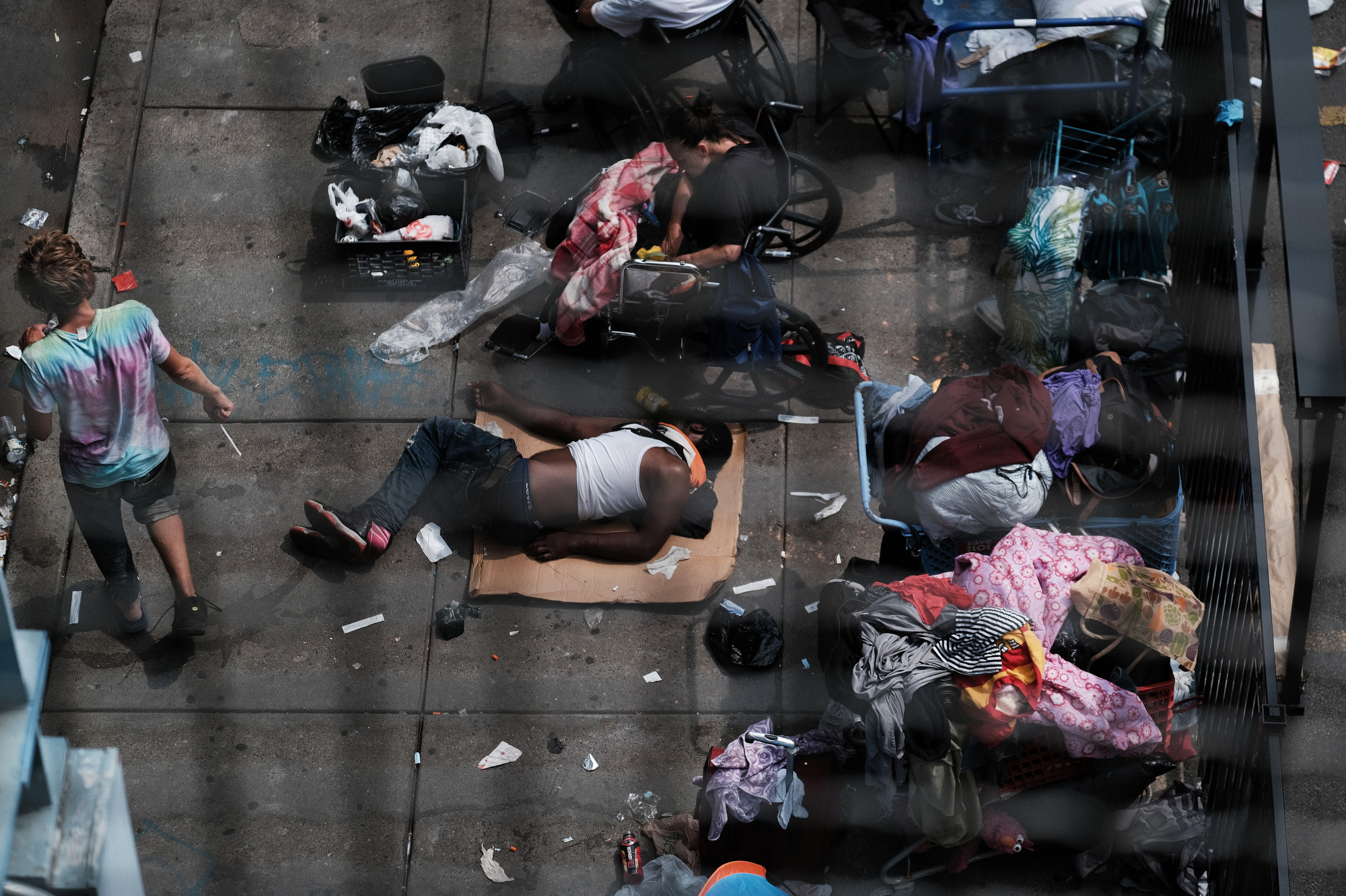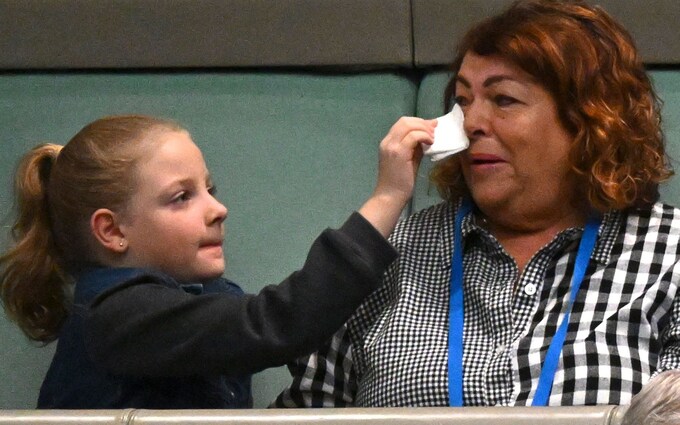Tranq Tourism: The Dark Side of Exploitative Social Media in Philadelphia

Tranq Tourism. So, there’s this neighborhood in Philly called Kensington. It’s not your high-end spot—it’s a low-income area. But lately, it’s been in the spotlight, and not for good reasons. There’s this nasty drug called “tranq” or xylazine that’s making its rounds there since 2021. This stuff is meant for animals, not people. But folks are taking it, and it’s turning them into what the media calls “zombies.” Plus, it’s not just a high—it’s dangerous. It can mess up your flesh and, worst of all, it can’t be easily reversed if things go south.
The Rise of Tranq Tourism
Here’s where things get messed up. There’s this sick trend called “tranq tourism.” Basically, people—mostly content creators from social media—flock to Kensington to film users messed up on tranq. They’re not asking for permission or caring if these folks can even say yes. They poke at their vulnerability, asking personal stuff, all for views and money.

Exploitation for Clicks
Imagine this: over 150 channels on YouTube alone, all about Kensington’s drug scene. Sarah Laurel, who’s doing some real work to help these struggling souls, is fed up. She runs Savage Sisters, a nonprofit lending a hand to those battling substance issues in Kensington. But she’s ticked off by these outsiders making a profit off the community’s pain. Tourism. They show up, film, and cash in without giving a damn about what these people need.
Money Talks, Morals Walk
Money’s the name of the game for these creators. On YouTube, they rake in around $4,600 a month, sometimes more if their videos blow up. TikTok’s no different—you need at least 10,000 followers to start earning. But here’s the sick part: they film someone messed up on tranq, get millions of views, and make a buck off that person’s struggle. People call them out in the comments, but it doesn’t seem to matter.
Dehumanizing the Struggle
These videos? They’re not raising awareness or helping anyone. They’re turning real people into sideshow attractions. Dr. Geri-Lynn Utter, who knows this scene inside out, calls it dehumanizing. She’s out there trying to lend a hand, telling people to seek help, but these content creators? They’re just making things worse.
The False Promise of “Raising Awareness”
Some of these creators defend their actions, saying they’re shedding light on the issue. But let’s be real: it’s mostly about making bank. They might talk about helping, but their actions don’t match up. They film, they profit, and they leave. There’s no real support for the ones struggling.
The Ethical Dilemma
Sure, there are some trying to justify their filming by saying they’re giving back. Jeff, for instance, runs a channel about life in Kensington and claims he spends his earnings on helping out. But not everyone does that. There are cases where creators set up fundraisers, but the money never reaches those who need it.
A Call for Real Help
Sarah Laurel’s got a message for these content creators: if you’re not here to pitch in, just get lost. She’s tired of seeing her friends and neighbors being exploited for some quick cash. It’s not about just filming; it’s about lending a hand, bringing resources, and asking the community what they need.
Conclusion: Exploitation Must Stop
At the end of the day, it’s clear this “tranq tourism” isn’t doing anyone any favors. It’s time these content creators either step up and genuinely help or pack up their cameras and leave. Turning people’s struggles into clickbait isn’t just wrong—it’s downright cruel.


